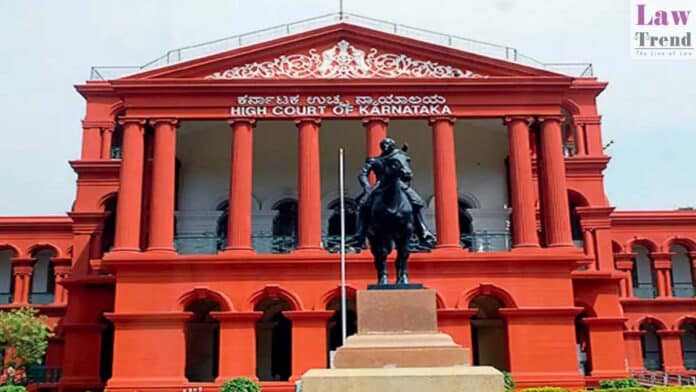Shocked at the lackadaisical attitude of the state authorities, the Karnataka High Court has ordered them to identify land and start construction of a school building in a village in Mandya on June 1 and complete it within four months.onths.
The direction came after a petition by the local School Development and Monitoring Committee’s petition in the High Court.
The old school building in Agaralingana Doddi village, Maddur, was demolished for the widening of National Highway 275 between Bengaluru and Mysuru.
A compensation of Rs 67 lakh was also paid, but the State government insisted that this amount should be first deposited in the government’s consolidated fund and would then be released to the Committee for construction of the school. The compensation released in 2020 is thus still untilised.
“It shocks the conscience of the Court looking at the state of the children and the lackadaisical attitude of the State. The officers of the state must remember that the rights of every citizen matters and no child can be left behind. The issue before this Court is not “just one school,” it is “every one school.” This Court would not permit the State to reduce the fundamental right of children under Article 21-A of the Constitution of India, to a “mere rope of sand,” Justice M Nagaprasanna said in his judgment on April 13.
The counsel for the Committee argued before the HC that the State has been issuing communication after communication from one office to the other, but has not rendered its decision to establish a new school.
The school is now being run in a small room. The counsel submitted that the fundamental rights of the children under Article 21-A of the Constitution of India have been completely given a go-by by the State. The children have a fundamental right to free and compulsory education which is taken away by the action of the state, he contended.
He submitted they were seeking establishment of a new school out of the funds that have come as compensation on the demolition of the earlier school building.
“But, the state wants the compensation amount to be deposited in the consolidated account of the State and then wants to release it. In the process, children have no school building,” the counsel explained.
There are 25 students studying in the school. The original school stood on 10 guntas of land donated by the villagers, he added.
The government advocate argued that the compensation amount should first come to the consolidated fund of the state and only then the state would release funds for establishment of a new school building.
The school has been directed to function from another school which was 500 metres to one km away. However, since the students had to cross the highway the villagers protested.
The HC, in its judgement illustrated with an example from Japan on the attitude governments should have towards education.
“What should be the concern of the State towards the education of a child can best be illustrated by a fact that is in public domain. In a remote place on the island of Hokkaido, Japan there lives a girl who goes to high school. The only child who goes to the school was at that place. The trains run by the state stop there only a few times a day, only to pick up the girl for school and later, to drop her back when the school day is over. The train station exists only for one school going child and the trains run at the cost of the state for one school going child,” the judgment stated.







